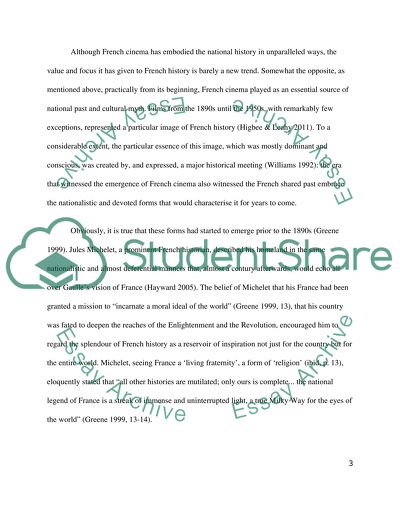Cite this document
(“The 400 Blows and Amelie: Representing Contemporary French National Essay”, n.d.)
Retrieved from https://studentshare.org/environmental-studies/1421845-the-400-blows-and-amelie-representing-contemporary-french-national-cinema
Retrieved from https://studentshare.org/environmental-studies/1421845-the-400-blows-and-amelie-representing-contemporary-french-national-cinema
(The 400 Blows and Amelie: Representing Contemporary French National Essay)
https://studentshare.org/environmental-studies/1421845-the-400-blows-and-amelie-representing-contemporary-french-national-cinema.
https://studentshare.org/environmental-studies/1421845-the-400-blows-and-amelie-representing-contemporary-french-national-cinema.
“The 400 Blows and Amelie: Representing Contemporary French National Essay”, n.d. https://studentshare.org/environmental-studies/1421845-the-400-blows-and-amelie-representing-contemporary-french-national-cinema.


